Panasonic has filed a new patent, demonstrating a variable built-in electronic ND filter. The patent titled “Imaging Apparatus” published a week ago, shows a detailed design of one of the most requested features for video capture. Will the next LUMIX camera contain a variable electronic ND filter? All details are below.
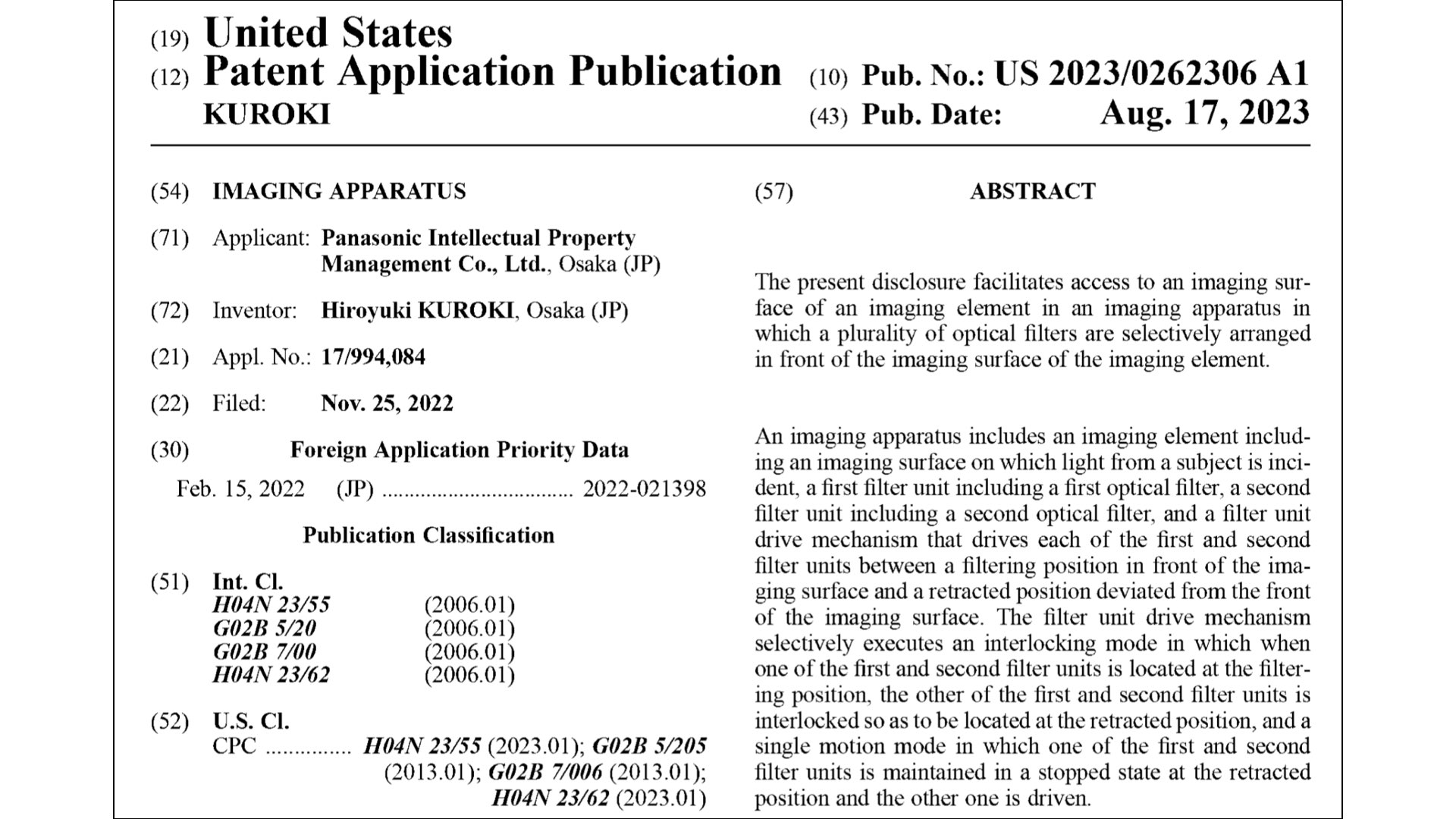
Electronic ND Filter
One of the most requested features regarding cinematography and videography is the ND filter. The ability of a camera to include a built-in ND filter can be a crucial factor while shooting. There’s even a more significant challenge for mirrorless cameras to include such a mechanism. However, in a brand new patent application filed by Panasonic, this problem has been addressed. The patent titled ‘Imaging Apparatus’ confirms a very thorough description of a variable built-in electronic ND filter design. The highlights are below, accompanied by selected schemes, and quoted from the application. Furthermore, that’s a fascinating way to explore how these filters are actually designed. Read below-selected quotes from the Panasonic patent application, Imaging Apparatus.
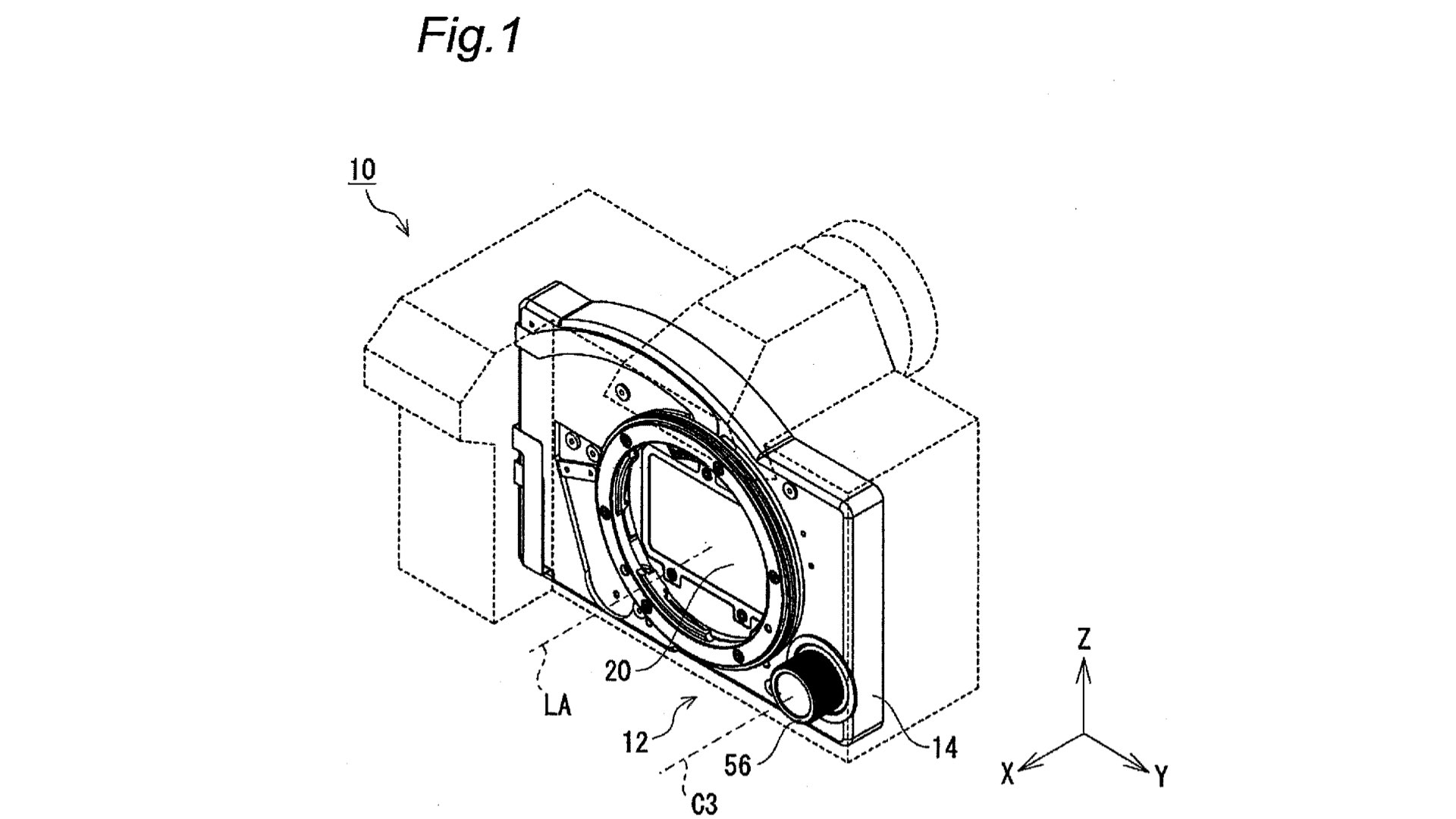
Plurality of optical filters located in-camera
“The present disclosure facilitates access to an imaging surface of an imaging element in an imaging apparatus in which a plurality of optical filters are selectively arranged in front of the imaging surface of the imaging element. An imaging apparatus includes an imaging element including an imaging surface on which light from a subject is incident, a first filter unit including a first optical filter, a second filter unit including a second optical filter, and a filter unit drive mechanism that drives each of the first and second filter units between a filtering position in front of the imaging surface and a retracted position deviated from the front of the imaging surface. The filter unit drive mechanism selectively executes an interlocking mode in which when one of the first and second filter units is located at the filtering position, the other of the first and second filter units is interlocked so as to be located at the retracted position, and a single motion mode in which one of the first and second filter units is maintained in a stopped state at the retracted position and the other one is driven”
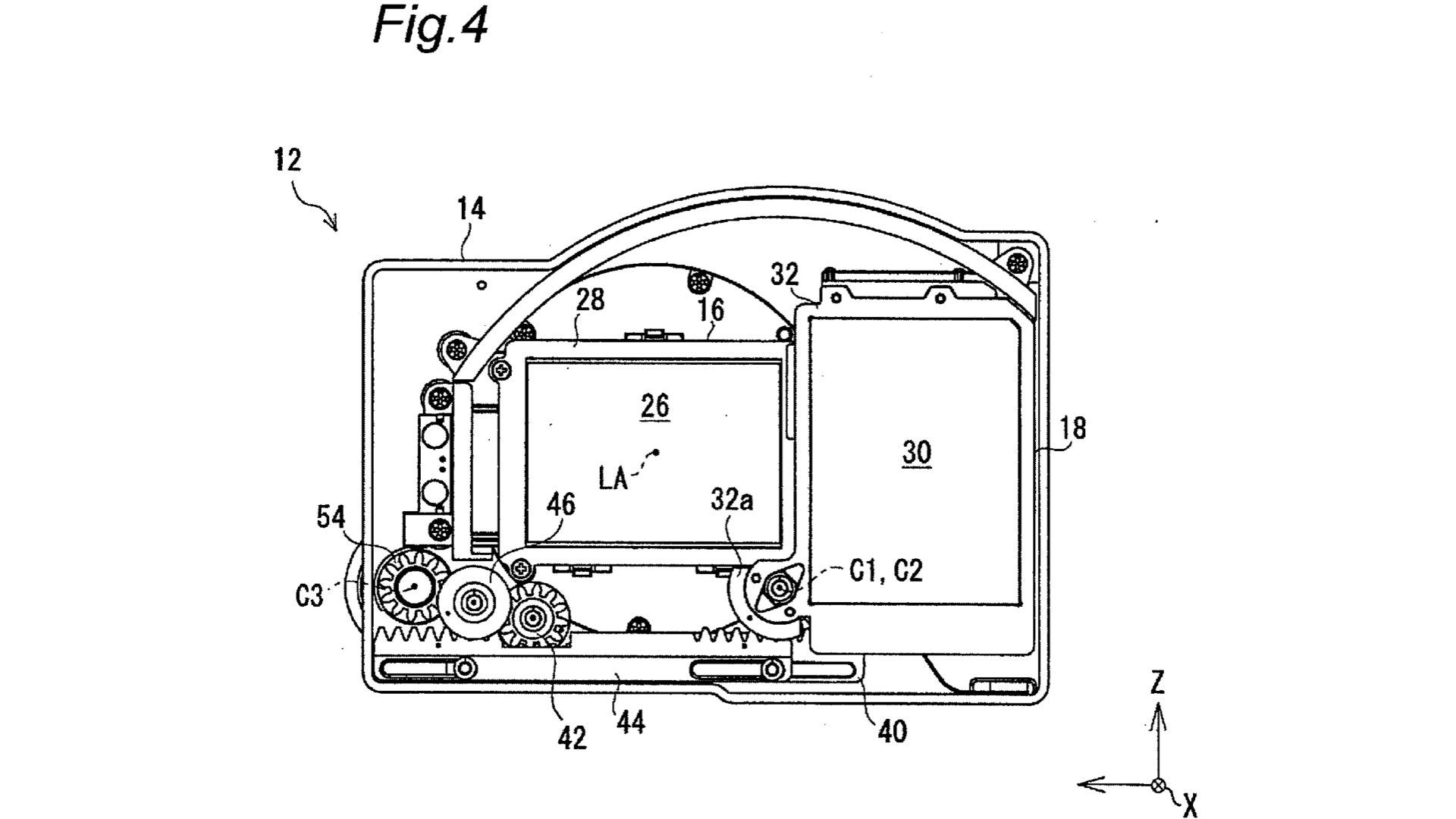
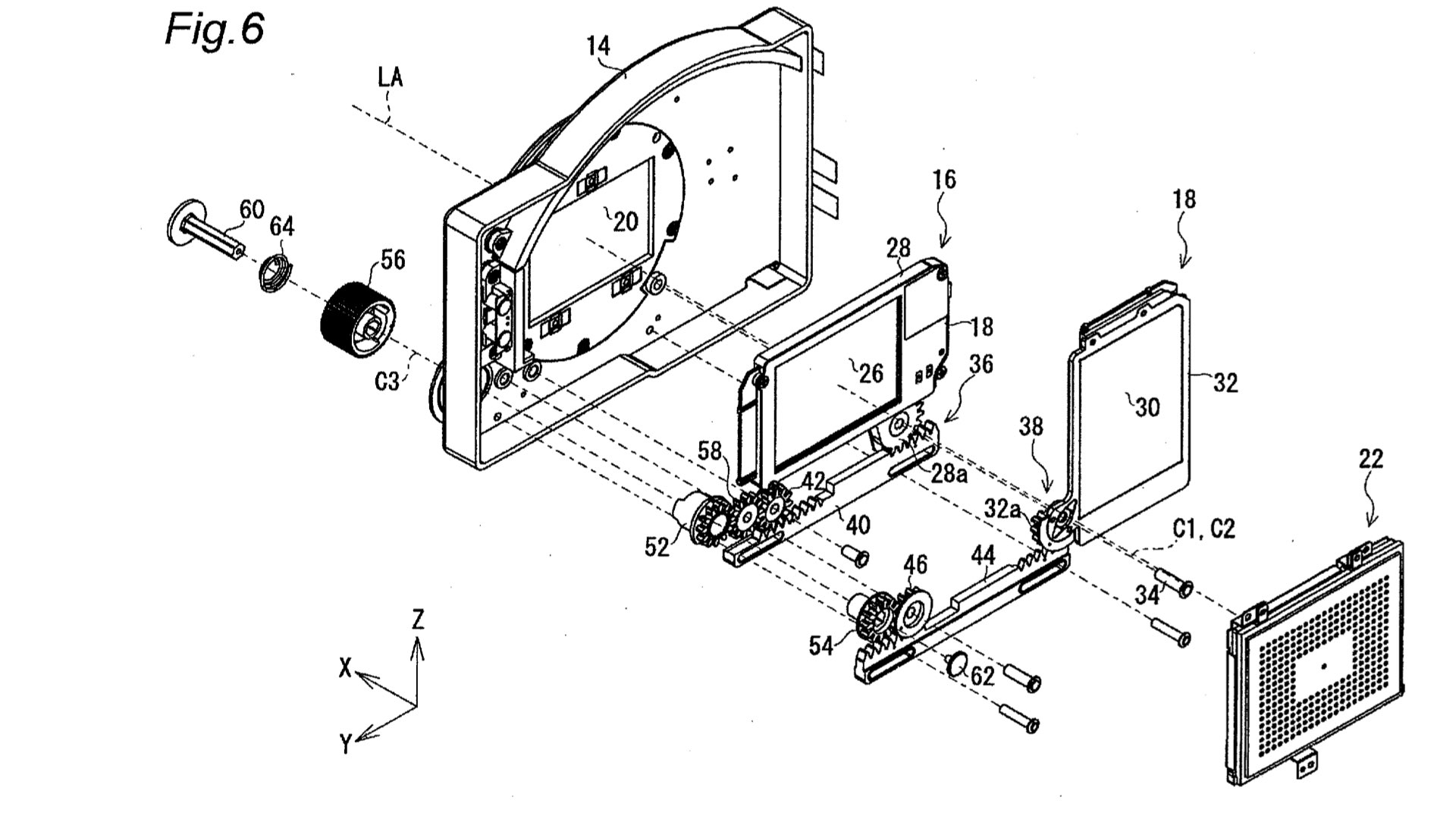
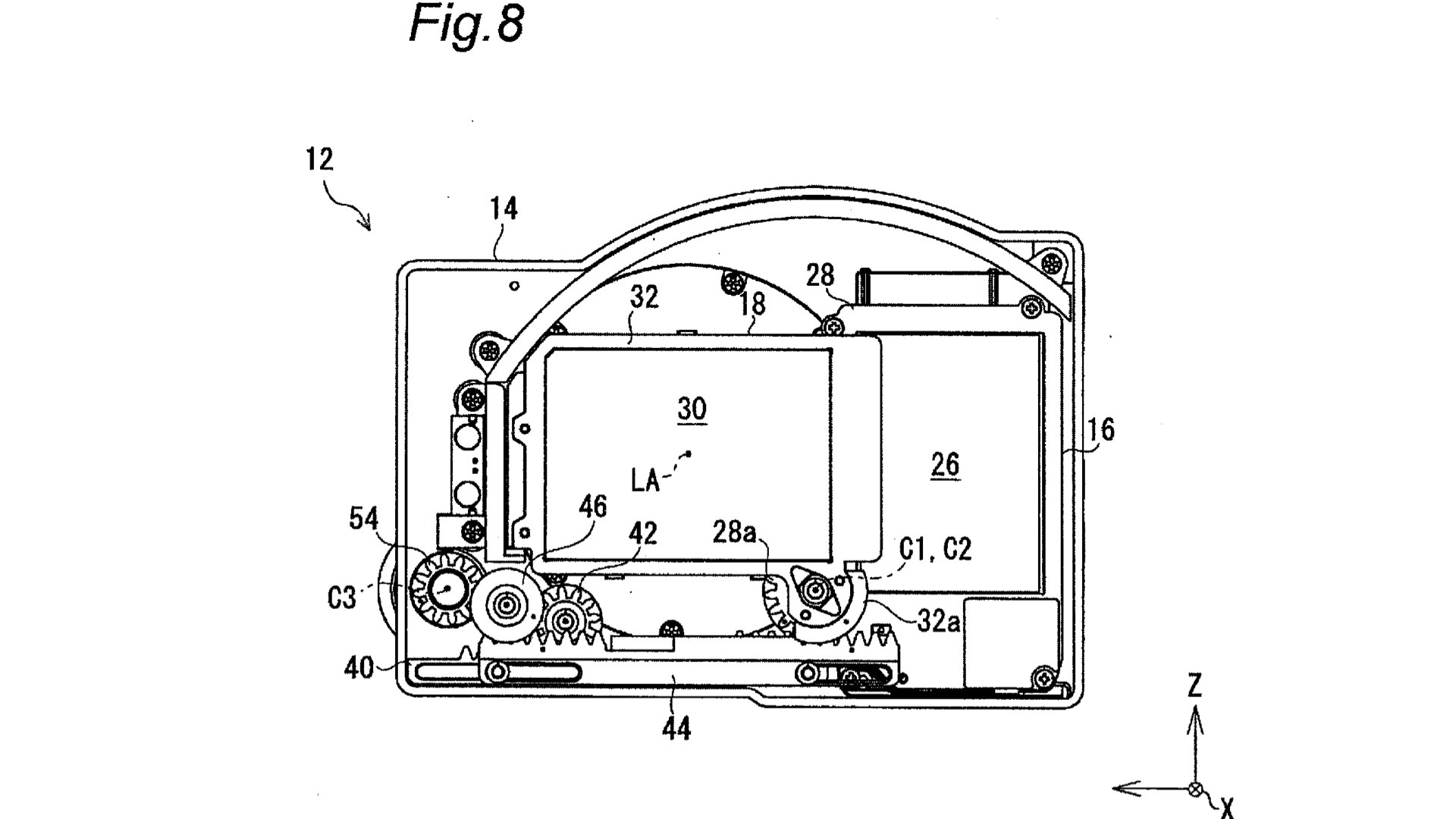
The filter unit
“The filter unit includes a plurality of different optical filters and a disk that supports the plurality of optical filters. The plurality of optical filters is provided on the disk side by side in the circumferential direction around the rotation center line of the disk. As the disk rotates, one optical filter is disposed in front of an imaging surface of an imaging element”.
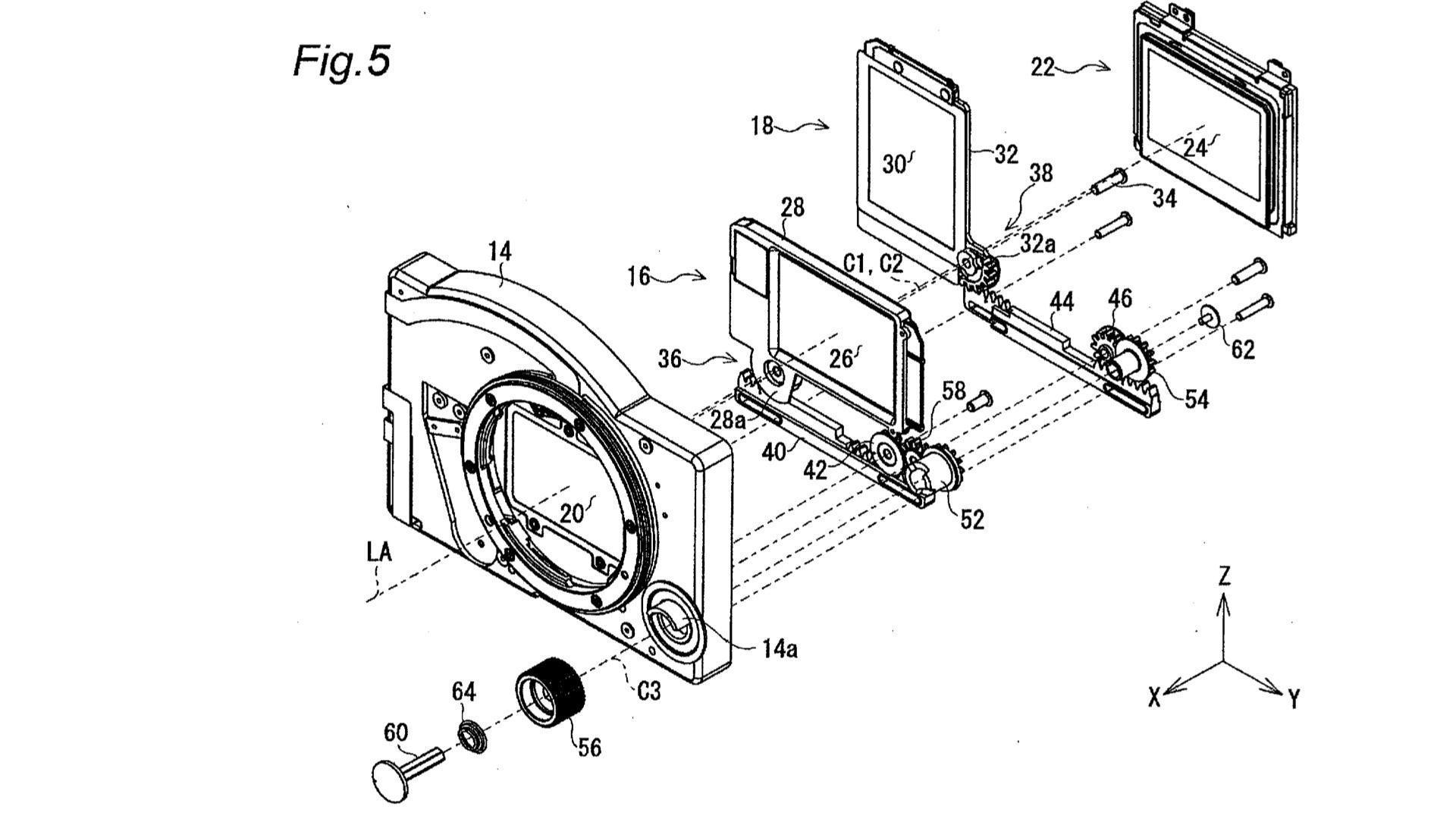
Electronic ND filter
“In the case of the present embodiment, the first optical filter 26 is an electronic ND filter such as a liquid crystal filter, whose light transmittance can be changed. The light transmittance of the first optical filter 26 is changed by changing the driving voltage applied to the first optical filter 26. The second optical filter 30 is a filter such as glass, whose light transmittance cannot be changed, that is, the light transmittance is fixed. In the case of the present embodiment, the first and second optical filters 26 and 30 have a rectangular shape similar to the imaging surface of the imaging element in the imaging module 22”.
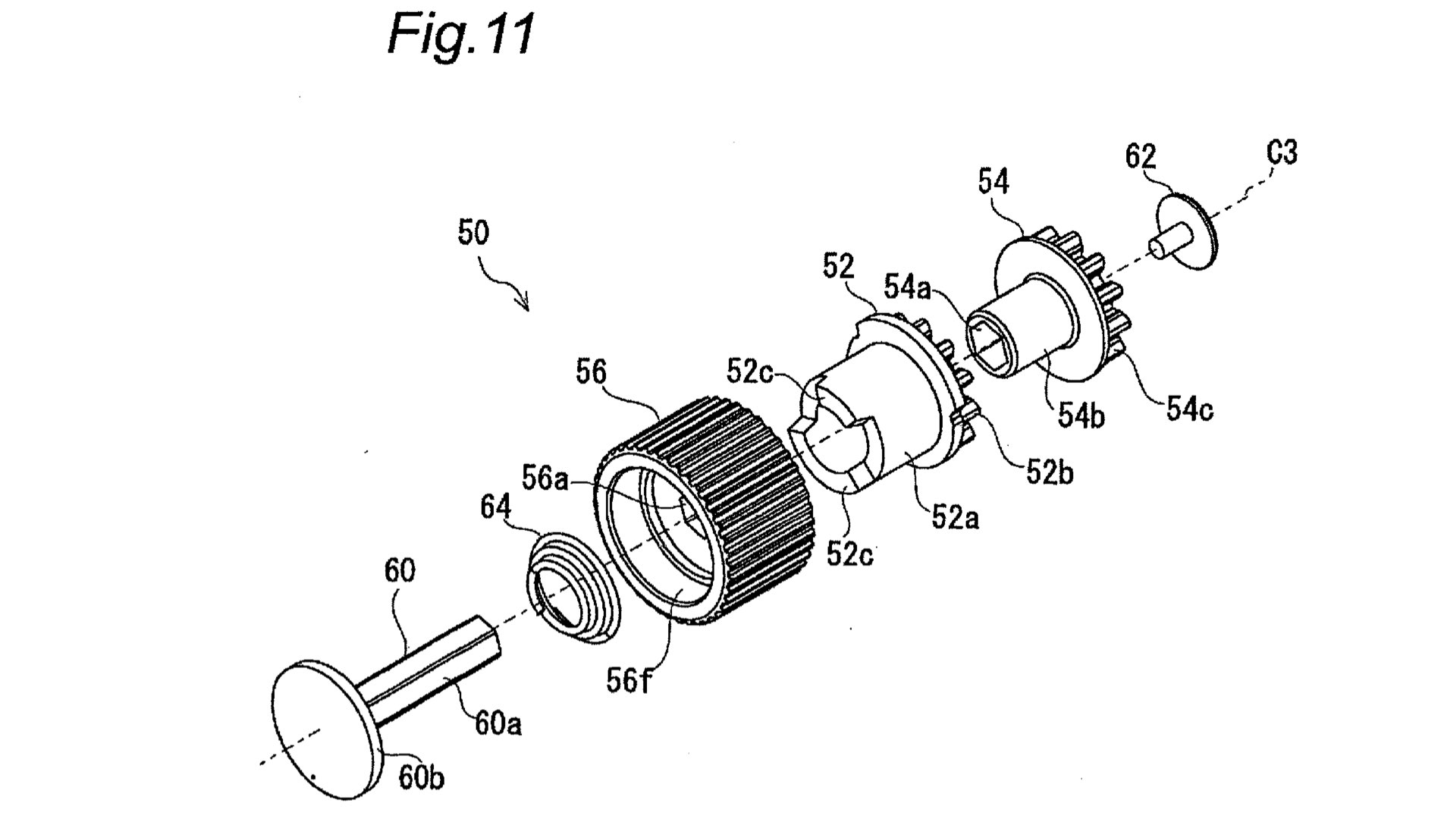
Rotation mechanism
“The first filter unit 16, that is, the first frame structure 28 supporting the first optical filter 26 is supported by the casing 14 so as to be rotatable about a rotation center line C1 extending in the front-rear direction (X-axis direction) of the imaging apparatus 10. The second filter unit 18, that is, the second frame structure 32 supporting the second optical filter 30 is supported by the casing 14 so as to be rotatable about a rotation center line C2 extending in the front-rear direction of the imaging apparatus 10. Also, when the first filter unit 16 is disposed at the first filtering position, the second filter unit 18 is rotated by the second rotation mechanism 38 and disposed at the second retracted position. Specifically, the second filter unit 18 is retracted to a position deviated from the front of the imaging module 22 as the second retracted position. In the case of the present embodiment, the second filter unit 18 is retracted from the front of the imaging module 22 to the left (when viewed from the front of the imaging apparatus 10). As a result, light from the subject enters the imaging surface of the imaging element in imaging module 22 without being disturbed by the second filter unit 18, that is, without passing through the second optical filter 30”.
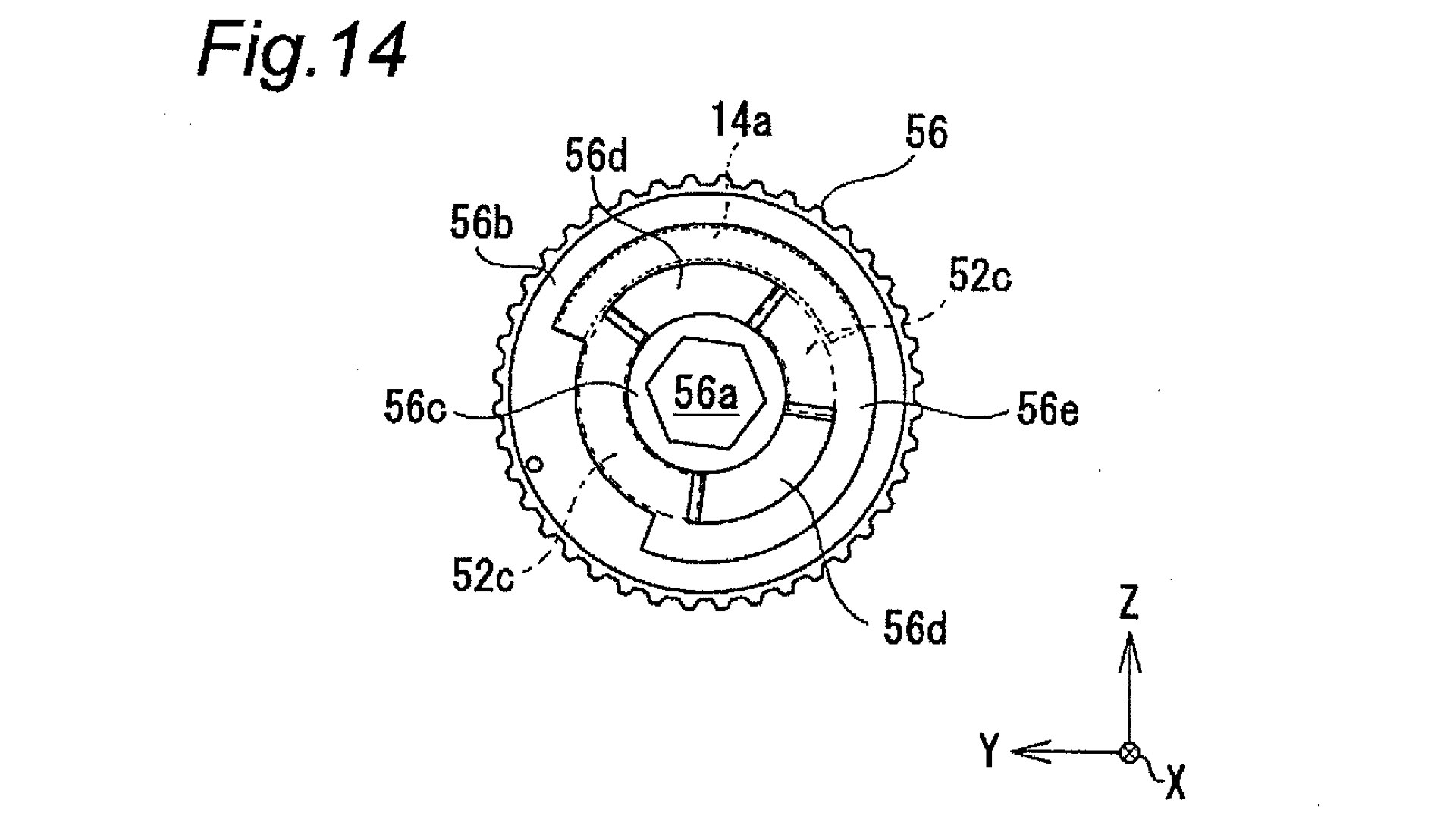
Light’s pathway: Form filter to sensor
“As a result, light from the subject after passing through the protective glass 20 and before reaching the imaging surface of the imaging element passes through the first optical filter 26. As a result, the light from the subject filtered by the first optical filter 26 passes through the cover glass 24 and enters the imaging surface of the imaging element in the imaging module 22. As a result, light from the subject after passing through the protective glass 20 and before reaching the imaging surface of the imaging element passes through the second optical filter 30. As a result, the light from the subject filtered by the second optical filter 30 passes through the cover glass 24 and enters the imaging surface of the imaging element. It should be noted that the second filtering position is located behind the first filtering position”.
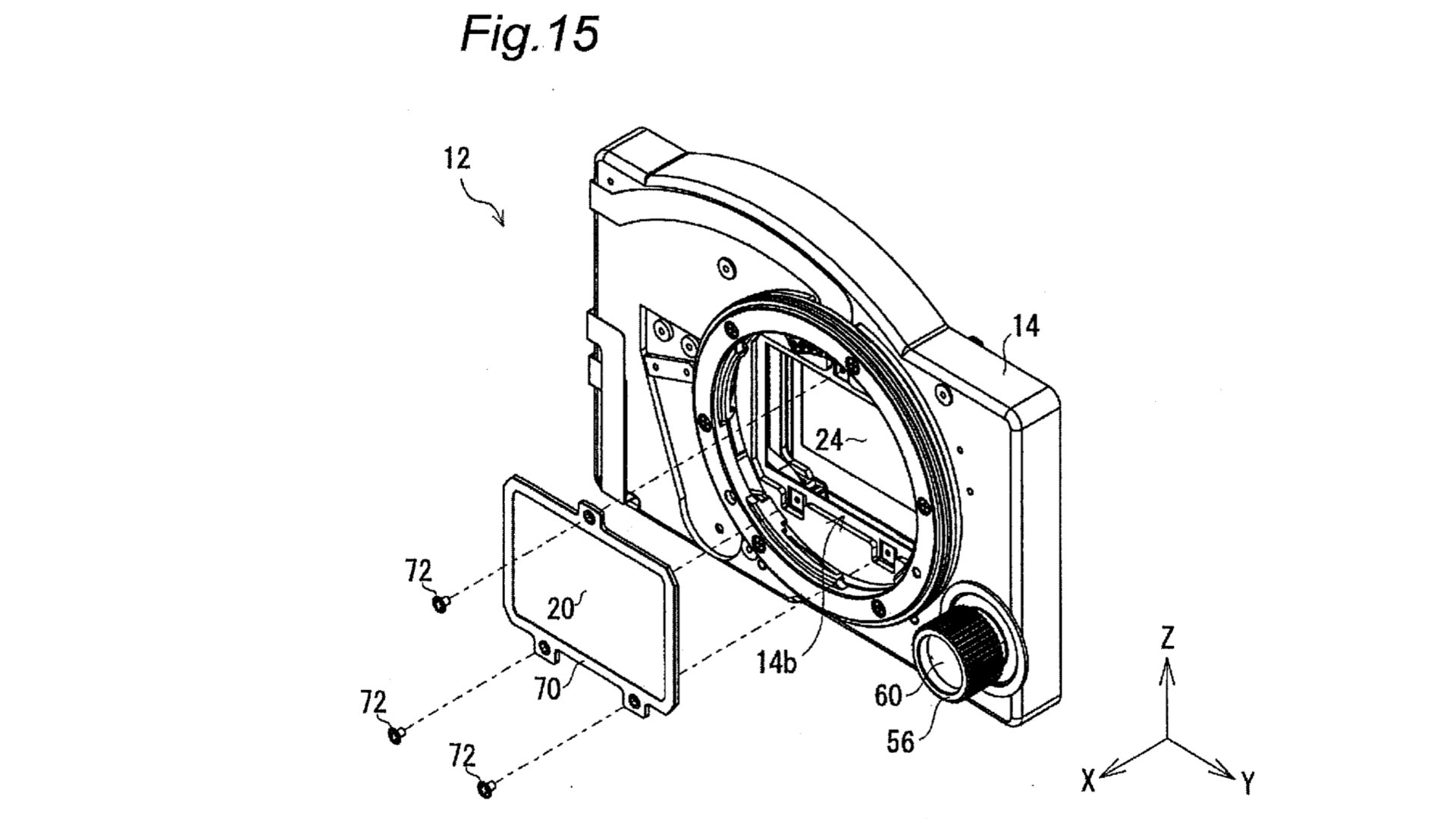
Final thoughts
As explained, the ND filter is one of the most requested and essential features in video/cinema cameras. It facilitates the shooting process, especially in an indie environment. Even RED Digital Cinema was late to the party, by implementing this technique in the V-Raptor XL. It will be super intriguing to reveal which Panasonic cameras will apply the variable built-in electronic ND filter described in this patent application. Judging from the schemes elaborated in the application, it looks like this apparatus will be implemented in the next generation of LUMIX cameras. If so, expect the next LUMIX to be armed with ND filters. That would constitute a significant advantage for Panasonic, as not many mirrorless cameras have this privilege.


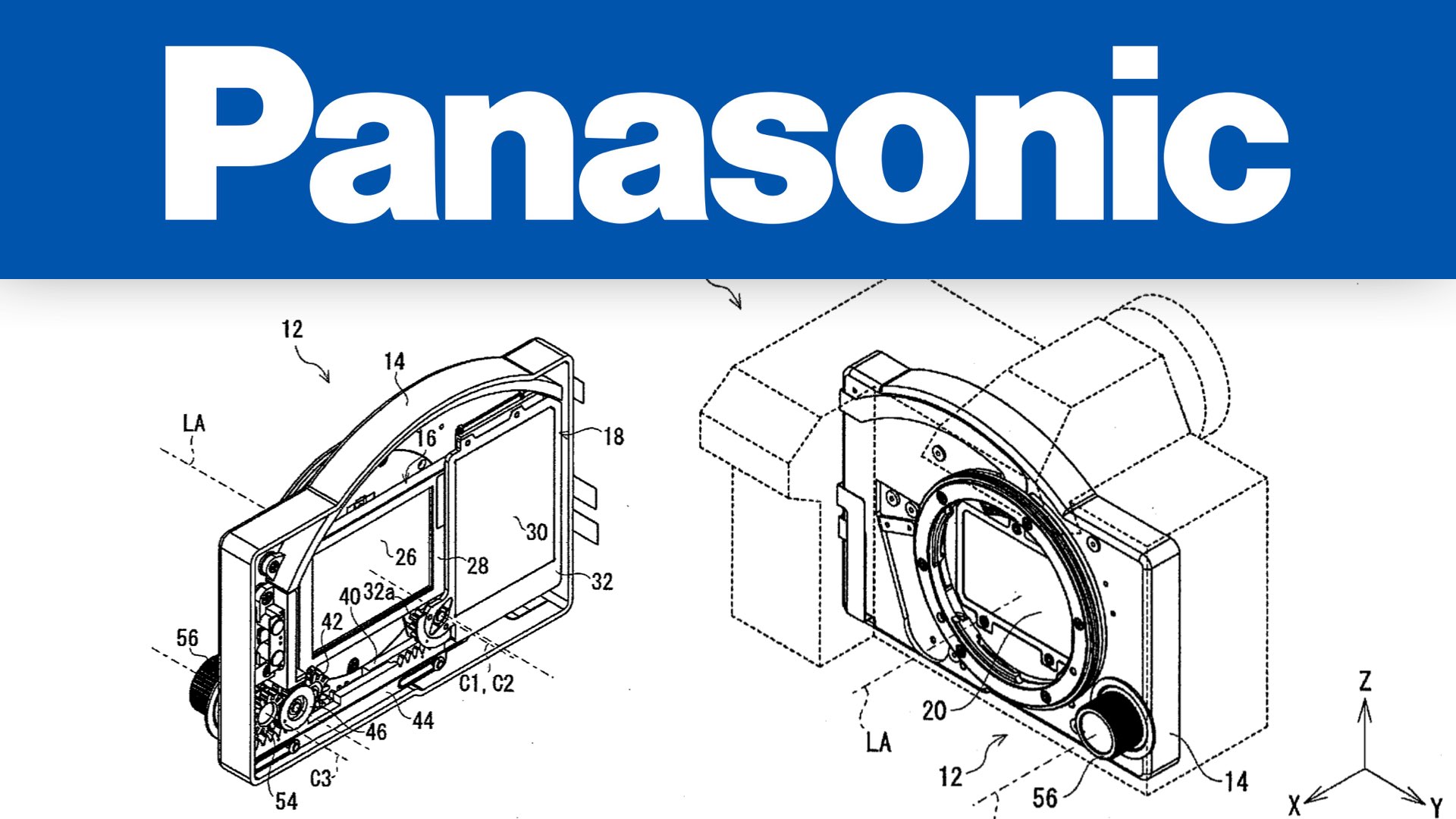




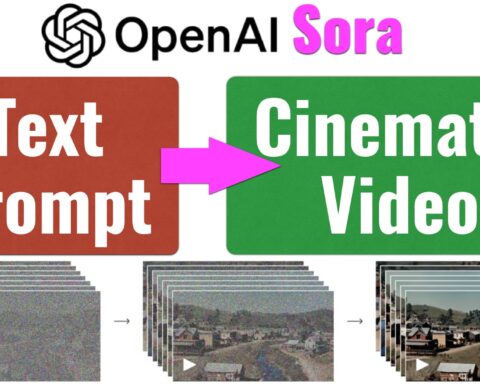




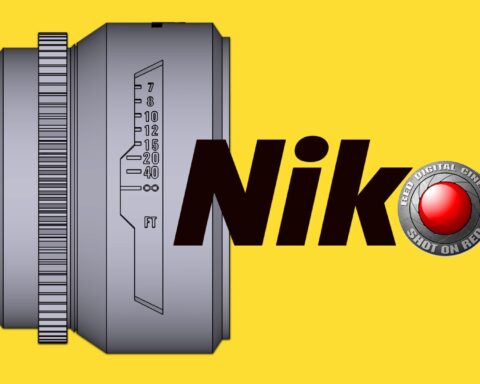



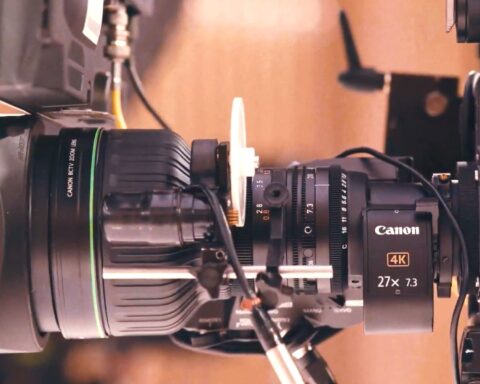


Very interesting ! thanks for sharing